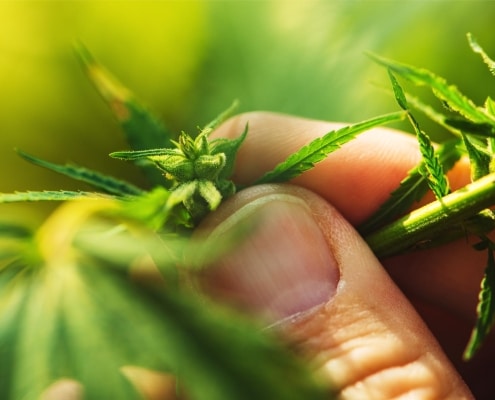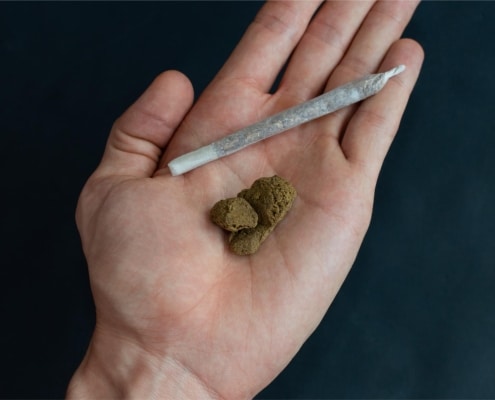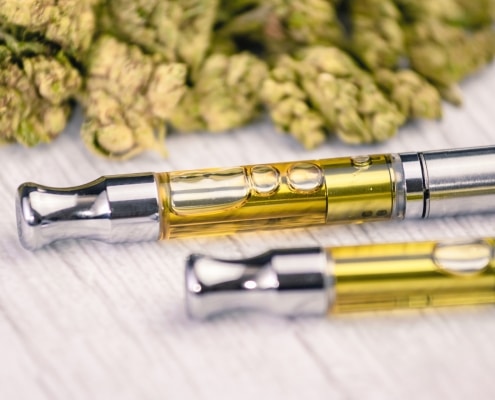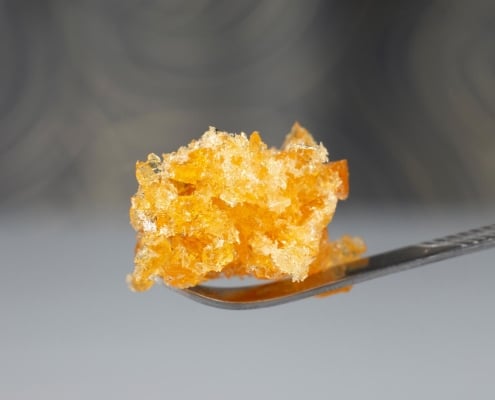 https://cannaclinic.com/wp-content/uploads/2025/05/Remote-work-from-home-computer-and-woman-with-headphones-listening-to-audio-or-typing.-Person-freelancer-or-copywriting-with-laptop-headset-or-online-reading-for-project-research-or-website-info.jpg
1013
1920
Supportadmin
https://cannaclinic.com/wp-content/uploads/2022/02/SouthBayCannaClinic-Logo-300x125.png
Supportadmin2025-06-29 10:34:072025-06-29 10:34:07The 10 Best Sativa Strains for Energy, Creativity, and Focus
https://cannaclinic.com/wp-content/uploads/2025/05/Remote-work-from-home-computer-and-woman-with-headphones-listening-to-audio-or-typing.-Person-freelancer-or-copywriting-with-laptop-headset-or-online-reading-for-project-research-or-website-info.jpg
1013
1920
Supportadmin
https://cannaclinic.com/wp-content/uploads/2022/02/SouthBayCannaClinic-Logo-300x125.png
Supportadmin2025-06-29 10:34:072025-06-29 10:34:07The 10 Best Sativa Strains for Energy, Creativity, and Focus https://cannaclinic.com/wp-content/uploads/2025/05/Remote-work-from-home-computer-and-woman-with-headphones-listening-to-audio-or-typing.-Person-freelancer-or-copywriting-with-laptop-headset-or-online-reading-for-project-research-or-website-info.jpg
1013
1920
Supportadmin
https://cannaclinic.com/wp-content/uploads/2022/02/SouthBayCannaClinic-Logo-300x125.png
Supportadmin2025-06-29 10:34:072025-06-29 10:34:07The 10 Best Sativa Strains for Energy, Creativity, and Focus
https://cannaclinic.com/wp-content/uploads/2025/05/Remote-work-from-home-computer-and-woman-with-headphones-listening-to-audio-or-typing.-Person-freelancer-or-copywriting-with-laptop-headset-or-online-reading-for-project-research-or-website-info.jpg
1013
1920
Supportadmin
https://cannaclinic.com/wp-content/uploads/2022/02/SouthBayCannaClinic-Logo-300x125.png
Supportadmin2025-06-29 10:34:072025-06-29 10:34:07The 10 Best Sativa Strains for Energy, Creativity, and Focus
Bubbler vs. Bong: Which One is Right for You?
When it comes to enjoying your cannabis experience, the choice between a bubbler vs bong is…

How to Grow Cannabis? Cannabis Growing Laws and Tips
Growing your own cannabis can feel exciting—but also a bit overwhelming at first. You might…

Marijuana for Beginners: Best Strains and Safe Consumption
Trying marijuana for the first time can feel overwhelming. There are a lot of products, names,…

How to Smoke Bubble Hash: The Best Methods for Maximum Flavor and Potency
Curious about how to smoke bubble hash but not sure where to start? You’re not alone. This…

Marijuana Vapes: A Complete Guide to Choosing the Best Vape for You
The popularity of vaping has influenced how many individuals use cannabis. With technological…

What Makes Weed Purple? The Science Behind Purple Cannabis
Some weed just stands out. You’ve probably seen those bold purple buds and wondered—what…

What is Crumble Wax and How to Smoke It
If you've seen crumble wax at a dispensary and thought, “What am I even looking at?”—you’re…

Cannabis Strains 101: Purple Milk Strain
Some strains are bold, some are mellow—and then there’s the Purple Milk Strain, a standout…
Areas We Serve
SouthBay Canna Clinic is proud to help local communities gain access to quality cannabis and spearhead efforts in cannabis education. Help us join the fight by visiting any of our dispensaries to get the facts about safe cannabis use.
Contact
1719 Pacific Coast Hwy
Lomita, CА 90717
NOW OPEN
Open 7 days a week
8am to 10pm
LICENSE NUMBER
C10-0001076


